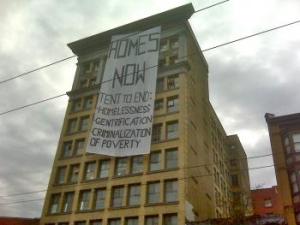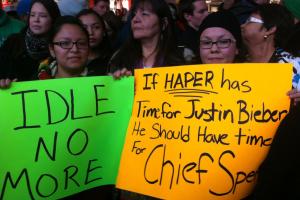Women and Violence
Algerian Woman, 1960. Photo by Marc Granger. Taken from “Unwilling Subjects in the Algerian War.”
On Tuesday, we’ll begin to examine gendered violence as it impacts of the everyday lives of civilians around the world. Pierre Bourdieu’s “Gender and Symbolic Violence” offers a useful theoretical framework for understanding symbolic violence, in so far as it forces readers to look beyond overt expressions of physical violence against women to consider less visible manifestations of structural violence that, laden with symbolic capital, negatively impacts women’s lives through “the embedding of social structures in bodies” (p. 342). Veena Das’ contribution on “Language and Body” then identifies an important relationship between nationalism, war, and the bodies of Indian and Pakistani women: namely, the tendency for women to internalize suffering so that life can continue in the aftermath of the Partition.
According to Bourdieu and Das, how does gendered violence emerge and take shape within a society? How does it become part of everyday life? And why is it so difficult to combat?



